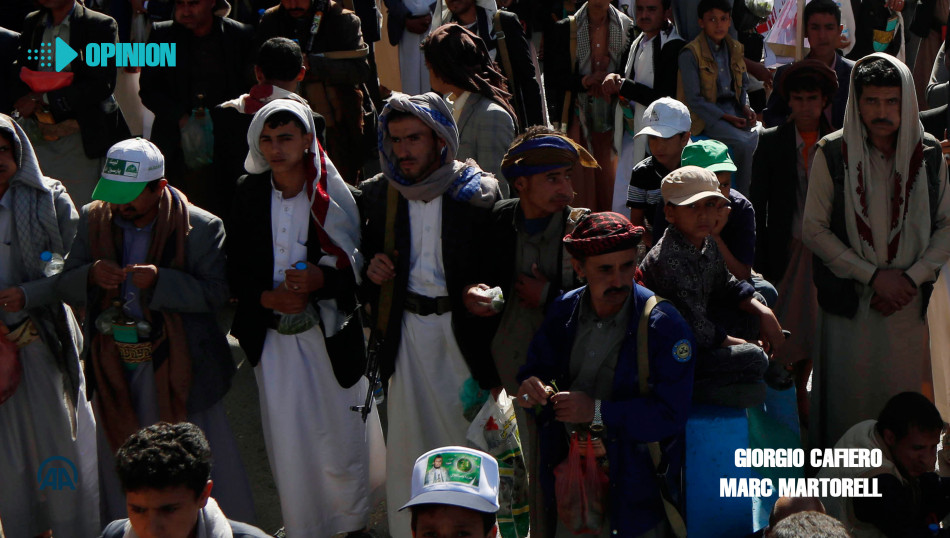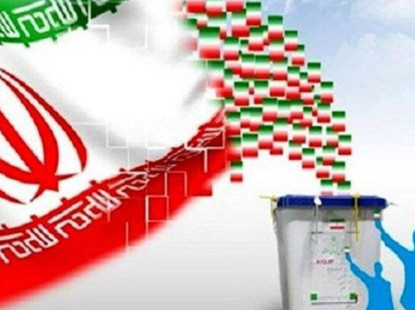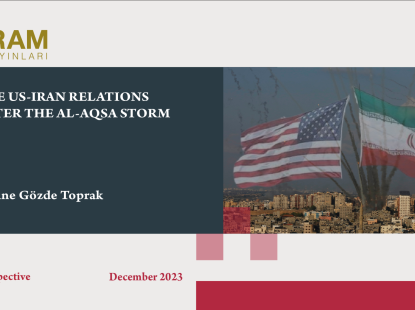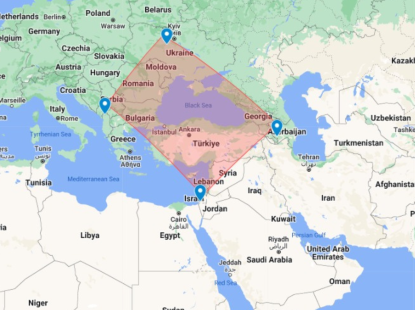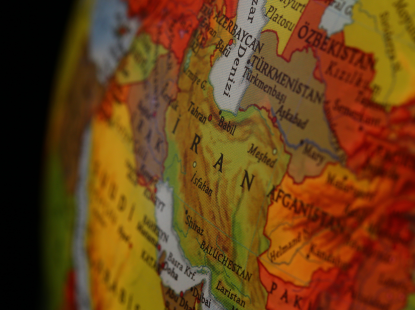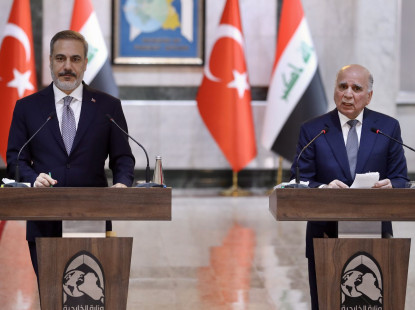Iran’s Limited Clout in Yemen
Four and a half years into Saudi Arabia’s ongoing military operations in Yemen, Houthi rebels continue to expose the weaknesses in the Kingdom’s defense apparatus. The Houthi claims’ that the Aramco attacks of September 14, 2019, which forced Saudi Arabia to cut its oil production by more than a half, were launched from their northern Yemen stronghold may be fabricated, as responsibility for the attack remains disputed. Nonetheless, what is unequivocal is that advancements in the Houthis’ drone and missile technology underscore how the insurgents have dragged the Yemeni war into Saudi Arabia, threatening vital Saudi interests. Undoubtedly, the Houthis’ strength is linked to Iran’s support for the rebels, leading many American, Saudi, and Emirati officials to frequently describe Yemen’s Houthi insurgents as Iran’s “proxies.”
Yet this simplistic narrative deserves to be scrutinized due to severe limits in Tehran’s clout in Yemen, as well as shortcomings vis-à-vis the Houthi rebellion. Despite the Islamic Republic’s tangible support for the Houthis and considerable influence on various aspects of the Yemeni civil war, internal and external factors curb Iran’s role in Yemen’s crisis. Certainly, as Farea al-Muslimi has argued, Iran’s ascendancy regarding the Houthis is finite. Moreover, Russia or Oman presumably have the most leverage over the Houthi insurgents.
Iranian support for Ansarullah (the dominant Houthi militia) is limited partly because of Tehran’s strategic and political priorities. Furthermore, if these preferences were to shift, Iran would encounter uncontrollable elements, such as geography, that would thwart the Islamic Republic from reaching further gains as an outside actor in Yemen’s civil war.
Religious misperceptions are surrounding the Houthis, as analysts frequently and misleadingly refer to them as Shi’a Muslims. Such labeling implies a strong sectarian bond to the Iranian regime, which is often accused of using “Shi’a proxies” in the Middle East to execute attacks on behalf of the Islamic Republic’s interests. In reality, given that Houthis do not adhere to the Twelver Shi’a traditions associated with Iran, and are Zaidi Muslims, they are doctrinally closer to Sunni Muslims.
Furthermore, Yemen is peripheral in Iran’s foreign policy. Conflicts and local tensions in Iraq, Syria, Lebanon, and Palestine rank much higher than the crisis in Yemen. The Levant—more so than the southwestern corner of the Arabian Peninsula—is paramount to Iran’s grander deterrence strategy aimed at countering the agenda of Washington and America’s regional allies, chiefly Israel and some Gulf Cooperation Council (GCC) member-states. For example, Lebanese Hezbollah has a relationship with Iran that dates to the 1980s and runs much deeper than Ansarullah’s ties with the Islamic Republic.
It is important to bear in mind that, historically, Iran has not been a salient player in Yemen. As scholars have noted, when the Houthi rebellion erupted in 2004, Tehran essentially had no links with the Zaidi insurgents in the Saada Governorate. However, beginning in 2014, the Iranians became a key state sponsor of Ansarullah, viewing the brewing crisis in Yemen as an opportunity to make the Saudis bleed on their southern border, known as the Kingdom’s “soft underbelly.” Consequently, Tehran exacerbated Saudi Arabia’s predicaments in Yemen, forcing Riyadh to divert resources from the Syrian conflict to Yemen. Nonetheless, even if Tehran had supported the militia, the Iranian government lacks the means to regulate Ansurallah (as a state does with its proxy). For instance, in 2014, when the Houthis were moving toward ousting President Abdrabbuh Mansur Hadi, Iran reportedly advised the rebels against toppling Yemen’s government in Sana‘a, which Ansarullah repudiated.
As Thomas Juneau explained, Iran’s policy concerning Yemen’s Houthi rebels is based on the notion of “a limited return on a modest investment.” Tehran has allocated substantial sums of money to support Shi’a militias in Iraq, the government in Damascus, and Lebanese Hezbollah. A certain discontentment towards Iranian involvement in regional conflicts, at a time of economic hardship, fueled protests in Iran in late 2017.
Therefore, it seems safe to bet that further Iranian involvement in Yemen in the form of funding the Houthi rebellion would be unpopular at home. However, given how little Iran has been able to funnel into Ansarullah to advance Tehran’s agenda in Yemen (the weakening of Saudi Arabia, and by extension the US, which since 2015 has supported the Riyadh-led Arab coalition), it is doubtful that Iranian officials have reason to contemplate increasing their investments in Yemen’s Houthi rebellion.
Although Iran has transported weaponry to Ansarullah—reportedly by ships that go to Yemen directly or via Somalia—it has been a burdensome ordeal. Geography legitimizes the difficulties, given that Yemen is far more arduous for Iran to reach compared to Iraq, Syria, or Afghanistan. Nonetheless, with Yemen remaining a broken state—plausibly on the verge of a north-south split considering recent events in Aden and other parts of southern Yemen involving clashes between southern separatists and Yemeni government forces—Iran will benefit. Tehran’s capability to play its role in Yemen, even if exaggerated by American and Saudi officials, will depend on Yemen remaining debilitated and fractured.
Most likely, Iranian officials will maintain a vested interest in ensuring that Ansarullah and Saudi Arabia do not reach an agreement that could lead to reconciliation. So long as the Houthis are at war with the Kingdom, Tehran will have the capacity to continue capitalizing on their conflict and thereby weaken Saudi Arabia, the Islamic Republic’s archnemesis.
Disclaimer: The viewpoints expressed by the authors do not necessarily reflect the opinions, viewpoints and editorial policies of IRAM.
